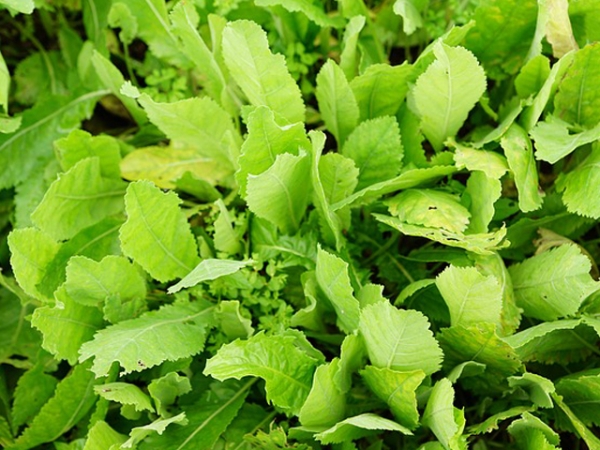Costmary Essential Oil
Tanacetum balsamita
Also known as Alecost, Balsam Herb, Costmarie, Bible Leaf, Costus, Sweet Mary
Blends well with Lavender, Cinnamon, Bergamot, Ginger, Lemon, Grapefruit, Peppermint, Basil, Fennel, and Dill essential oils.
Known Uses
Costmary Essential Oil has a sweet, minty fragrance and is commonly used for cooking purposes, but is also used medicinally for the treatment of indigestion and flatulence as well as being used as a remedy for worms, dysentery and diarrhea.
It is said to lower pain during childbirth and effectively treats joint pain. It can also bring on a delayed menstrual period.
Costmary Essential Oil effectively reduces fatigue as well as fever associated with the flu and colds. It can also be used to treat blisters, burns, bee stings, ulcers and bruises, speeding up the healing process as well. As an astringent, it gives the skin a smooth texture and reduces the oiliness of acne-prone skin.
History
It is believed to have originated in India and was brought to Asia Minor about 1000 years ago. After arriving in Europe, it entered the new world with English settlers. Costmary was called Bible Leaf because its leaves were used by Christians to mark their place in the Bible with its pleasing aroma. People would use it to scent bed linens and blankets as well.
Warning
Essential oils can be powerful so to avoid all risks, do not use during pregnancy. Keep away from clothing or articles which may be stained by oil-based products. Dilute with a carrier oil when used directly on skin. Do not apply it near sensitive areas like eyes and ears.
